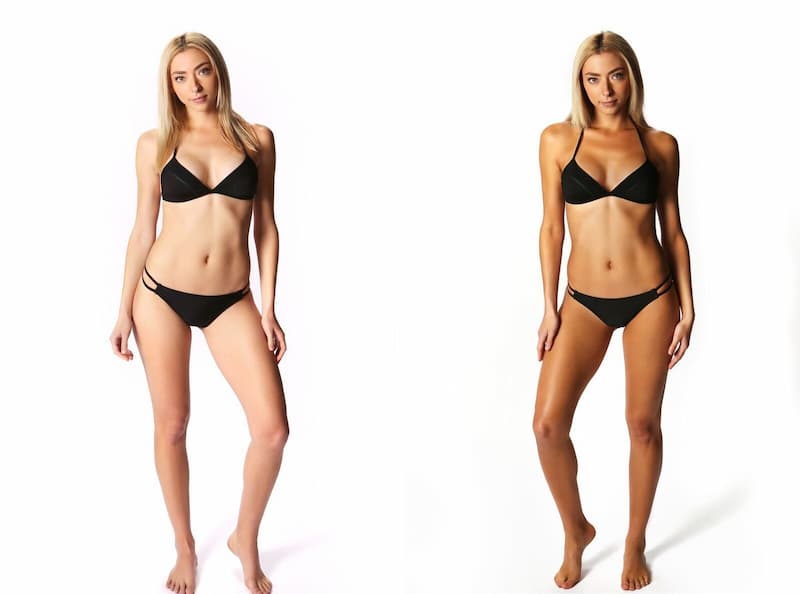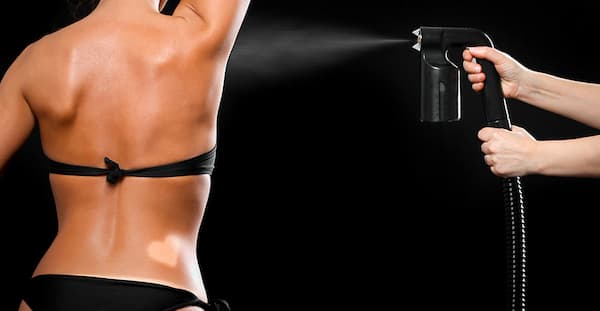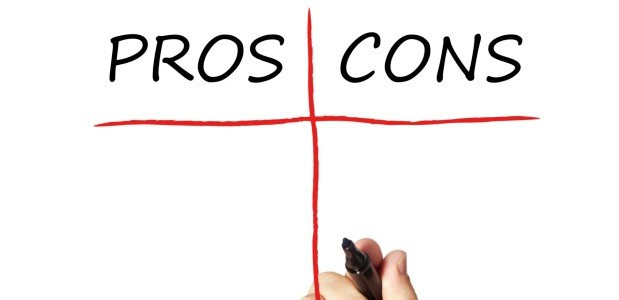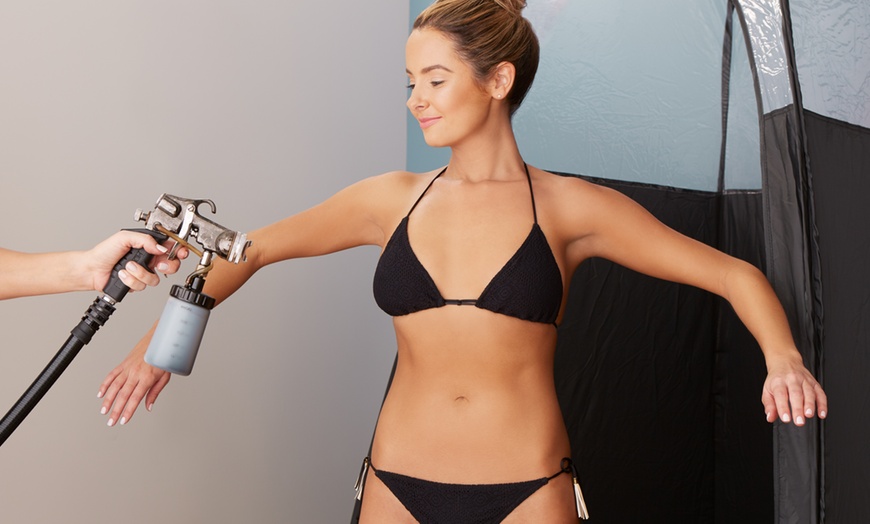How Does Spray Tanning Work?

Let’s talk about spray tanning. Spray tanning is a popular alternative to traditional tanning. For $5, you can also get the bright copper look. So how does spray tanning work and whether spray tanning is the right choice for you.
How Do Spray Tans Work?
Spray tanning and other sunless tanning products contain a chemical called dihydroxyacetone, or DHA for short. This chemical reacts with the outermost layer of the skin, causing skin cells to darken.
DHA itself is colorless. The browning of skin cells is caused purely by the reaction. The degree of browning depends on the amount of spray you use and the concentration of DHA in the formula.
A spray tan only affects the outermost layers of the skin. Your skin is constantly shedding and replacing dead cells, which means your skin tan affects those cells that have died.
If you want to keep your skin color stable, you need to reapply sunscreen regularly. Because a spray tan only affects the outermost layers, and your skin is constantly shedding dead cells, your complexion will likely only last five to seven days.
How Long Does A Spray Tan Last?

The typical response is a spray tan that lasts 5-10 days. Good preparation and application can lead to longer-lasting results. The skin should be clean with no added products prior to sunbathing and tanning applications. Exfoliating before spray tanning is a good step, as tanning without the sun only affects the outer layers of the skin. Exfoliation removes skin cells near the end of their life cycle and exposes new skin.
Choosing the right formula for your skin type can produce the best tan. This can also prolong the lifespan of tanned skin. For fair skin types, a 6-9% formula is best, and 8% is a good choice. For medium skin types, a 9-10% formula is suitable. For darker skin types, a 10-12% formula is best. Dark olive skin may require 12% or higher.
A sunless spray tan can also be extended with maintenance using a moisturizer or progressive tanner. In the spray tanning industry, gradient tanning agents can be called tanning agent extenders. These products are lower in DHA and can be used more frequently to slowly build a tan or prolong an existing tan.
How Much Is A Spray Tan Cost?
Typical prices for a spray tan are 25-50 dollars for a full-body tan. But premium locations, services, and reputation do command higher prices.
Of course, promotions are a good way to lower your costs. Your spray tan salon may offer special promotions or tanning packages that lower the cost for repeat visits. Sites such as Groupon are a good source of discounted services. The spray tan salon locator found here is an excellent source for spray tan booth services.
Are Spray Tans Safe?
For the most part, spray tanning is considered fairly safe. Understandably, the idea of a chemical reaction on the skin sounds scary. But a spray tan is a quick, painless way to tan.
Spray tanning has been a legal process for decades. The U.S. Food and Drug Administration (FDA) considers the main chemicals found in sunless tanning to be safe and harmless for topical use.
There is still some uncertainty about the effects of inhaling or consuming DHA. Therefore, spray tanners are encouraged to close their mouths and hold their breath during spraying. Eye goggles and nostril plugs provide an extra layer of protection.
Spray tanning does not prevent overexposure. Apply sunscreen and moisturizer regularly to keep your skin hydrated and prevent overexposure.
Pros and Cons of Spray Tanning

If you compare spray tanning to other forms of self-tanning products such as lotions, creams, gels, and mousses, you’re sure to notice some differences.
All forms of self-tanning and spray tanning use the exact same active ingredient DHA. But that doesn’t mean you’ll get the same results as any older product that contains DHA (trust me)!
Let’s take a look at some of the benefits of spray tanning.
Pros:
- First, spray tanning is easy.
Once you’re ready, you just need to go to a tanning salon or have someone come to your house. The booth or technician will then spray a mist all over your body. Once you mix it together, that’s it, you’re done! It’s definitely easier and less time-consuming than applying lotion or gel all over your body.
- Another benefit of spray tanning is that it dries faster than many self-tanning products.
That means it’s less likely to stain your clothes, bed, and partner!
As for the color of spray tanning, it varies from person to person.
Some people like the color and evenness of a spray tan, others think self-tanning lotions and gels are better.
Because everyone’s skin chemistry is slightly different, you really need to do some experimenting to see what works best for you.
Cons:
- The biggest disadvantage of tanning sprays is the cost.
A session can cost anywhere from $25 to $50, and in many places, it’s even higher. This is much more expensive than using self-tanning lotions and creams at home. We’re talking about 4-5 times more expensive!
- Another thing people don’t like about spray tanning is the inconvenience of going to a tanning salon or making an appointment with someone to come to your home.
It doesn’t sound like a big deal, but driving to the salon every week or a few days can be a pain. When you’re done, you have to get dressed, get in the car, and get tanning fluid all over your body.
How To Prepare For Your Spray Tanning Session

Before you go to the salon, here are some tips you should follow to ensure you get an even, beautiful tan.
- 1. Be sure to shave or wax before the date.
A lot of people say to do it a day or two ahead (so your pores will close), but this only works if the solution is darker in color or contains a bronzer. If this is a definite solution, you can shave or wax for the day.
- 2. Be sure to exfoliate the day before the appointment.
Depending on how self-tanners work, it’s important to remove as much dead and dry skin as possible before using any self-tanners or tanning sprays. Trust us, you will get better results!
- 3. Try removing moisturizer, makeup, and deodorant before applying sunscreen.
These products contain ingredients like oils and fats that make it difficult for the main ingredients in a self-tanning spray to bind to the skin. This can cause your skin to look patchy. you won’t want it!
Before applying, apply a little petroleum jelly or moisturizer to the knees, ankles, elbows, and palms. Put on a shower cap. Put some lip balm on your lips.
These areas may become darker or weirder than the rest of your skin. You’ll have to experiment with this, but it’s usually a good idea to protect these areas from absorbing too much DHA. You can also wipe these areas clean immediately after spraying.
- 4. Try to keep the spray tan solution on overnight and not apply any moisturizer until the next day.
This means no bathing, soap, or any moisturizer for at least 8 hours. You can shorten the time a bit, but you won’t get the best results if you do. Color starts to develop within an hour or two and starts to develop within 3-5 hours.
What Should I Do After Getting a Spray Tan?
The sprayer takes time to work. For the first 4-6 hours, you should avoid getting wet, sweating, or applying lotion or cream. Showering or sweating can cause the spray to run off of you before it has a chance to give you that glow.
After tanning, continue moisturizing regularly. Dry skin flakes faster, reducing the time you have a fresh, tan look. You can expect the color of the spray tan to last five to seven days. Sometimes, it can last up to ten days, but that’s pretty rare!
Remember, a spray tan only affects the outermost layers of the skin. Excessive scrubbing or exfoliation can cause it to wear off faster. Treat your skin gently. After bathing, dry your body with mild soap. enjoy
Final Words
The best part about spray tanning is that you can do it any time of the year. In a professional salon, the process only takes a few minutes, and the results last ten days.
For just $5, the MN Spray Tanning can help you beat the winter blues and avoid looking as pale as a cloudy day without endangering your skin.
